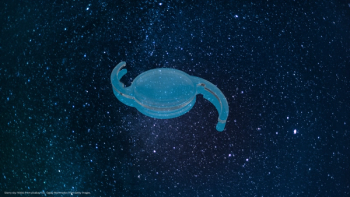
My way to Epi-LASIK
Dr Josef Reiter describes his reasons for increasing his number of Epi-LASIK procedures.
Key Points
One of my first Epi-LASIK patients was a 47-year old moderately myopic female. At day one and day three postoperatively, her eyes looked beautifully clear, much better than the typical eye following PRK (Figures 1 & 2). By day three, re-epithelialization was complete, and the patient was not experiencing any pain at all. At the one-week visit, I saw some cystoid epithelial changes, which then fully resolved. Overall, this patient had an excellent refractive outcome at one month and one year, with no haze.
I perform the epithelial separation in three steps:
I perform iris registration and a wavefront-guided ablation with the AMO Visx S4 IR laser system. If the ablation is deeper than 75 µm I apply mitomycin C (MMC) 0.02% for 15 seconds. At the end of the case, I apply ice-cold BSS. This step is extremely important for both comfort and healing.
In unusual cases where I reposition the flap, I like to flush it back into place with BSS, so that manipulation is minimized. I wait 30-40 seconds then put a bandage contact lens on the eye.
Newsletter
Get the essential updates shaping the future of pharma manufacturing and compliance—subscribe today to Pharmaceutical Technology and never miss a breakthrough.















































